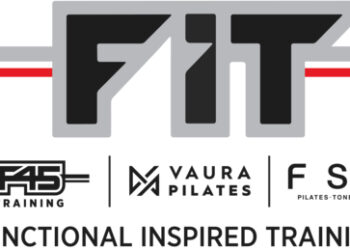Each year, new technologies are introduced for club operators to consider. And one of the latest innovations is facial recognition technology.
According to Jeff John Roberts of Fortune Magazine, “…dozens of startups and tech giants are selling face recognition services to hotels, retail stores — even schools and summer camps. The business is flourishing thanks to new algorithms that can identify people with far more precision than even five years ago.”
An example of a health club that’s begun incorporating facial recognition software into its technology suite is Cincinnati Sports Club, in partnership with Tinoq. Since implementation, the club has gained greater insights on member usage patterns and behavior.
“Our primary purpose right now is to measure and learn more about our group fitness classes, participants and instructors,” explained Marco Fiorini, the operations manager at Cincinnati Sports Club. “Not only will we obtain more accurate head counts for each class, but we will also gain the demographic information for the participants, which classes attract new members, what crossover there is between participants and genres of classes — is a spin class participant more likely to go to yoga or BODYPUMP? And more importantly, we can connect with the member retention team at the club and make recommendations to at-risk members on which classes to try based on their demographic profile.”
In addition, Fiorini explained the instructor information on Tinoq’s platform provides data concerning who the popular instructors are, which instructors would be appropriate to sub a class without compromising attendance, and what instructors need help building their class or should be removed from classes.
“Additional benefits include instructor payroll, head count incentives, sub communications through the employee app, and reduced admin time by the Group X manager — which frees her up to teach more of her favorite classes,” added Fiorini.
However, that doesn’t mean the technology hasn’t come without its challenges. “We have multiple check-in stations, so narrowing our software to only track check-ins at the main hub was our first challenge,” explained Fiorini. “Another challenge was locating the cameras so they could capture everyone going in and out of the group exercise rooms.”
In addition, for other operators considering incorporating facial recognition technology, Fiorini advised identifying what’s important to measure and what you can afford, and making sure local and state laws permit the use of facial recognition technology in the first place.
However, if everything checks out, the benefits of facial recognition technology can be plentiful, especially in regards to taking some of the guesswork out of member behavior.
“People talk with their feet,” said Fiorini. “Simply answering member surveys does not provide the accurate information we are looking for. Other than putting radio frequencies into our members, this was the best way that we could accurately get the information of what our members are doing after they check in to the club.”
Stay ahead in the fitness industry with exclusive updates!
Rachel Zabonick-Chonko is the editor-in-chief of Club Solutions Magazine. She can be reached at rachel@peakemedia.com.











